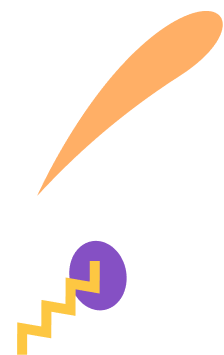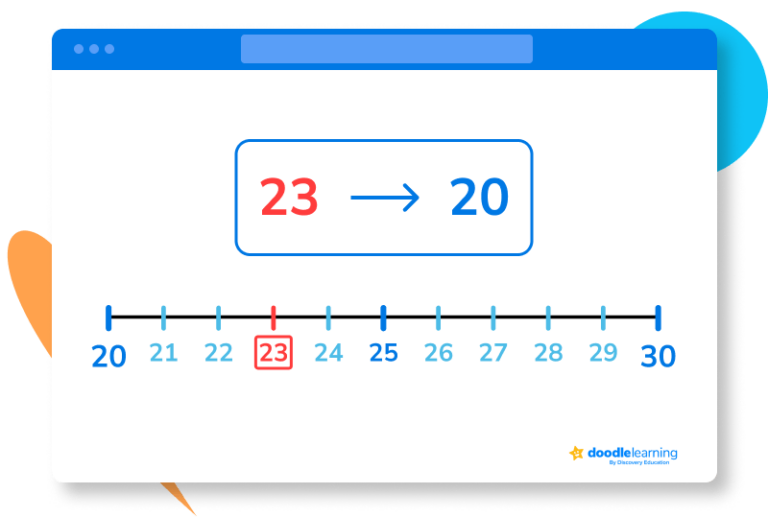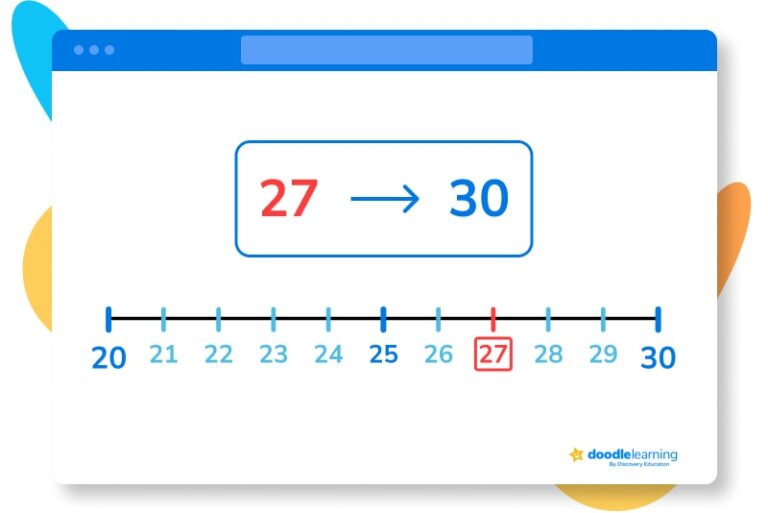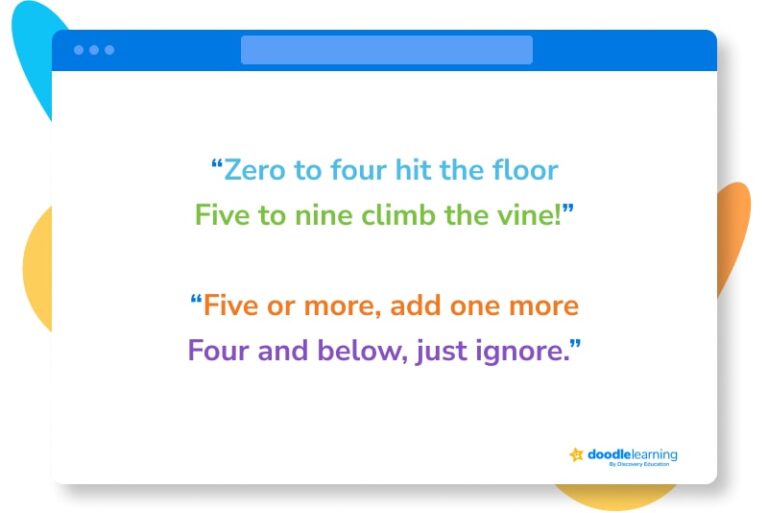

What’s the difference between rational and irrational numbers? Let’s take a look at what makes them unique!

Author
Mhairi
Published
May, 2025




A masterclass in how to round numbers! Learn why rounding is useful and explore ways of rounding numbers to the nearest whole number and decimal.

Author
Mhairi
Published
May, 2025


A masterclass in how to round numbers! Learn why rounding is useful and explore ways of rounding numbers to the nearest whole number and decimal.

Author
Mhairi
Published
May, 2025
Key takeaways
Table of contents
Rounding can help learners in many different ways throughout their maths learning. For a start, rounded numbers are much easier to work with in addition and subtraction calculations.
Rounding numbers will also help learners develop their estimating abilities and it’s a skill they’ll need when they are tasked with rounding their answers to a certain place value.
This guide will explain all there is to know about rounding. We’ll cover what rounding is, how to round up numbers, how to round numbers down, and then walk you through some examples that kiddos will come up against!
Rounding numbers is a process that changes a number to a simpler version while keeping it close to the original number’s value.
For example, when rounding to the nearest 10, the number 23 becomes 20 as it is closer to 20 than 30 on a number line.

However, the number 27 would be rounded to 30 as it’s closer to 30 on the number line than 20.

The main thing that learners should understand when rounding numbers is whether they should be rounding up or down.
The rule is: if the digit to the right of the place value you are rounding to is less than five, the number should be rounded down. You should round up numbers where that value is five or more.
Thankfully, there are a few helpful rhymes to help kiddos remember when to round up vs when to round down. Here are two I use in my classroom that stick with my learners!

Unlock unlimited maths questions
Put your learning into practice with fun exercises + games that are proven to boost ability!
Get 2 FREE weeks of Doodle this spring!
Use code 2WKS_SPR to enjoy unlimited questions and games
When rounding any number, we first must identify the place value we are rounding to (e.g. the nearest 10). We’ll then use the value of the number next door (to the right) to determine if we are rounding up or down.
Let’s look at some examples of rounding whole numbers and decimal numbers.
Tip: When teaching kiddos how to round numbers, having a place value chart on hand can help!
When rounding whole numbers to the nearest 10, we look at the value of our units.
If the units value is four or less we round down.
If the units value is five or more we will round up.
When rounding to the nearest 100, we use the value of our tens.
If the tens value is four or less we round down.
If the tens value is five or more we will round up.
When rounding to the nearest 1000, we use the value of our hundreds.
If the hundreds value is four or less we round down.
If the hundreds value is five or more we will round up.
By the end of Year 5 learners will be confident in rounding numbers up to 1,000,000 to the nearest 10,000 and 100,000.
Unlock unlimited maths questions
Put your learning into practice with fun exercises + games that are proven to boost ability!
Get 2 FREE weeks of Doodle this spring!
Use code 2WKS_SPR to enjoy unlimited questions and games
Want to have a go at some questions? DoodleMaths is an award-winning app that’s filled with fun exercises covering rounding up and down and more!
Powered by an award-winning algorithm, it creates every child a personalised work programme tailored to their needs, boosting their confidence and ability in maths.
It’s aligned to the curriculum, so you can rest assured that your child is covering everything the need to get ahead in school. And best of all, you can try it for free!

When rounding decimal numbers, learners are often asked to round to a certain number of decimal places rather than a place value term like tenths.
Tip: It’s useful to reinforce the link between place value terms and the number of decimal places using a place value chart.
When rounding to the nearest tenth, we’ll need to look at the value of our hundredths.
If the hundredths value is four or less we round down.
If the hundredths value is five or more we will round up.
When rounding to the nearest 100th, we’ll need to look at the value of our thousandths.
If the thousandths value is four or less we round down.
If the thousandths value is five or more we will round up.
When rounding to the nearest 1000th, we’ll need to look at the value of our ten thousandths (10,000ths).
If the ten thousandths (10,000ths) value is four or less we round down.
If the ten thousandths (10,000ths) value is five or more we round up.
Try DoodleMaths for free!
Select a year group
Now it’s time to put your rounding skills to the test with our practice problems below.
1. Round the following numbers to the nearest 10.
a) 14 b) 28 | d) 432 e) 2436be f) 8998 |
2. Round the following numbers to the nearest 100.
a) 192 b) 272 | d) 848 e) 7390 f) 1054 |
3. Round the following numbers to the nearest 1000
a) 3301 b) 2392 | d) 72,409 e) 9731 f) 31,500 |
4. Round the following numbers to the nearest tenth (to one decimal place).
a) 3.29 b) 5.44 | d) 77.77 e) 90.83 f) 21.99 |
5. Round the following numbers to the nearest hundredth (to two decimal places).
a) 4.672 b) 9.849 | d) 27.865 e) 63.212 f) 88.376 |
6. Round the following numbers to the nearest thousandth (to three decimal places).
a) 3.4567 b) 14.6789 | d) 56.9875 e) 29.4321 f) 72.6542 |
How did you do with our practice problems? For even more practice, then be sure to check out the Doodle Learning maths app.
The app has thousands of fun games and activities that can double academic performance with just 10 minutes of use each day! Why not see for yourself and let your kiddos try it out with a 7-day free trial?
Book a chat with our team
If you’d like to use Doodle’s browser version, please visit this page on a desktop.
To log in to Doodle on this device, you can do so through our apps. You can find out how to download them here: